A Room of One's Own- Creative Writing Workshop for Queer Youth
12 hours ago
We are a team of professional management and journalists — one of the best in the Nepali media. Our duty toward our readers is to provide them with impartial news, bold views, in-depth analysis and thought-provoking commentary. We shall do this without fear or favor, and we shall be guided by nothing but our conscience.
Know More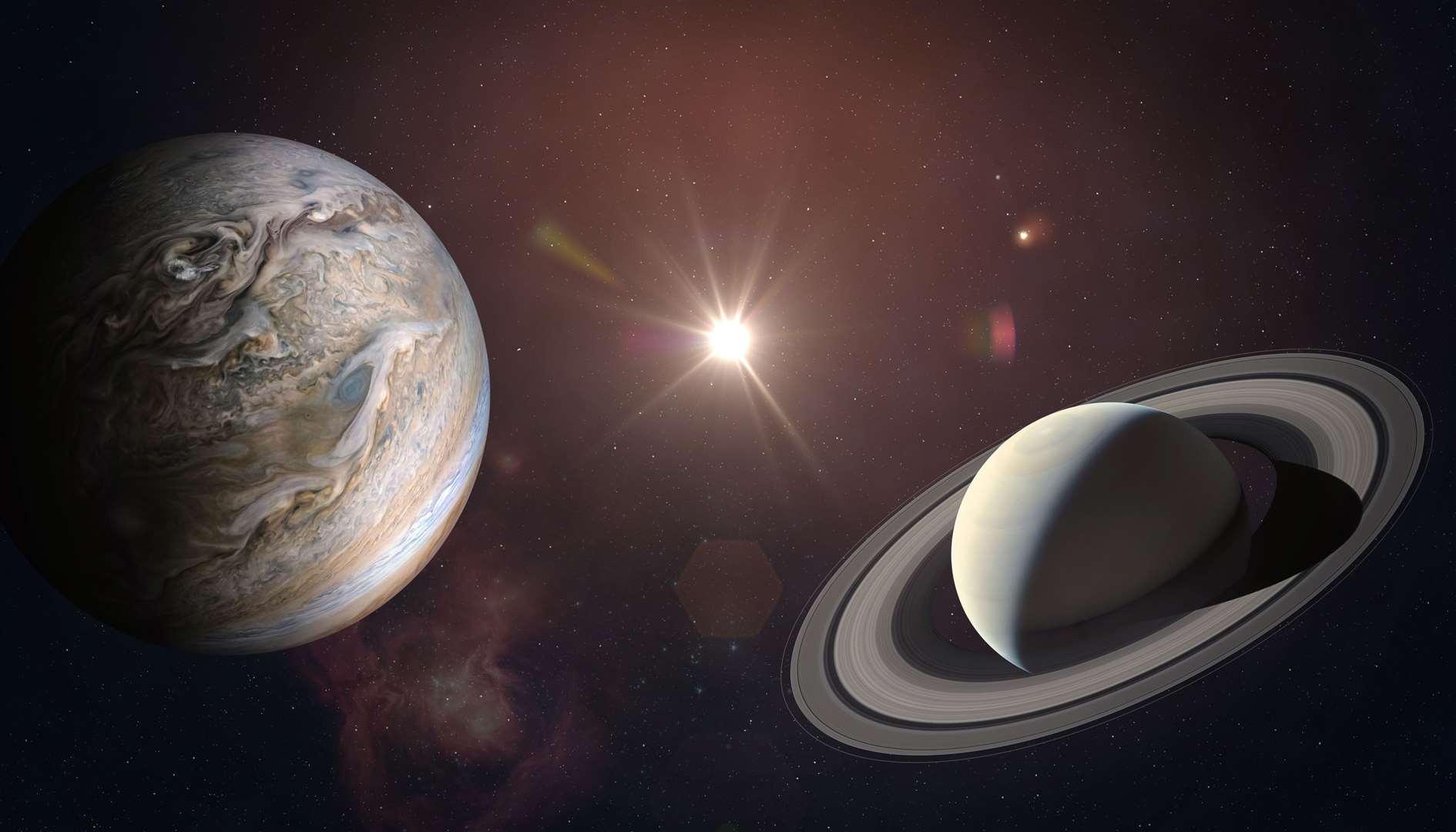
Photo Cr: Cambridge Independent
On Monday, Jupiter and Saturn will come closest to each other in what is being called the great conjunction as the celestial marvel was last observed in 1623 and will again take place in 2080. The two slow-moving planets will be 0.1 degrees apart. In this amazing astronomical event, Jupiter and Saturn, the two largest planets in our solar system will put up a show. They will come very close, and both planets will appear like 'double planets'. Though conjunction between these two planets happens every 20 years. But this time it is special. Interestingly, it is the second closest conjunction of the two giants since the invention of the telescope in 1609. On July 16, 1623, the two planets came close to each other.
1. According to Nasa, the timing of the conjunction will be such that everyone will be able to view it.
2. They will appear so close that a pinkie finger at arm’s length will easily cover both the planets in the sky.
3. If one views through a telescope, Jupiter’s four large moons orbiting the planet can also be seen.
4. It will be visible nearly an hour after sunset in the southwestern sky.
5. Why is the conjunction being called Christmas star? Though the planets will be apart, they will appear as one big star, like what is believed to be Christmas star or the Star of Bethlehem, which appeared in the eastern sky when Jesus Christ was born. The Book of Matthew mentions this star which according to the Bible led the three wise men to Jerusalem.
6. The conjunction will also coincide with the December solstice, the shortest day of the year in the northern hemisphere and longest in the southern.
-Compiled
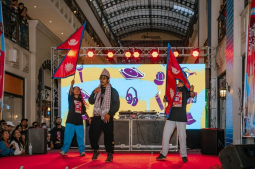
- by Republica
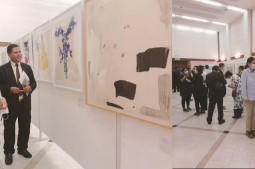
- by Samiksha Shrestha and Manawi Shah
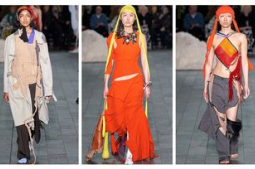
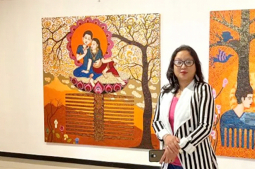
Leave A Comment